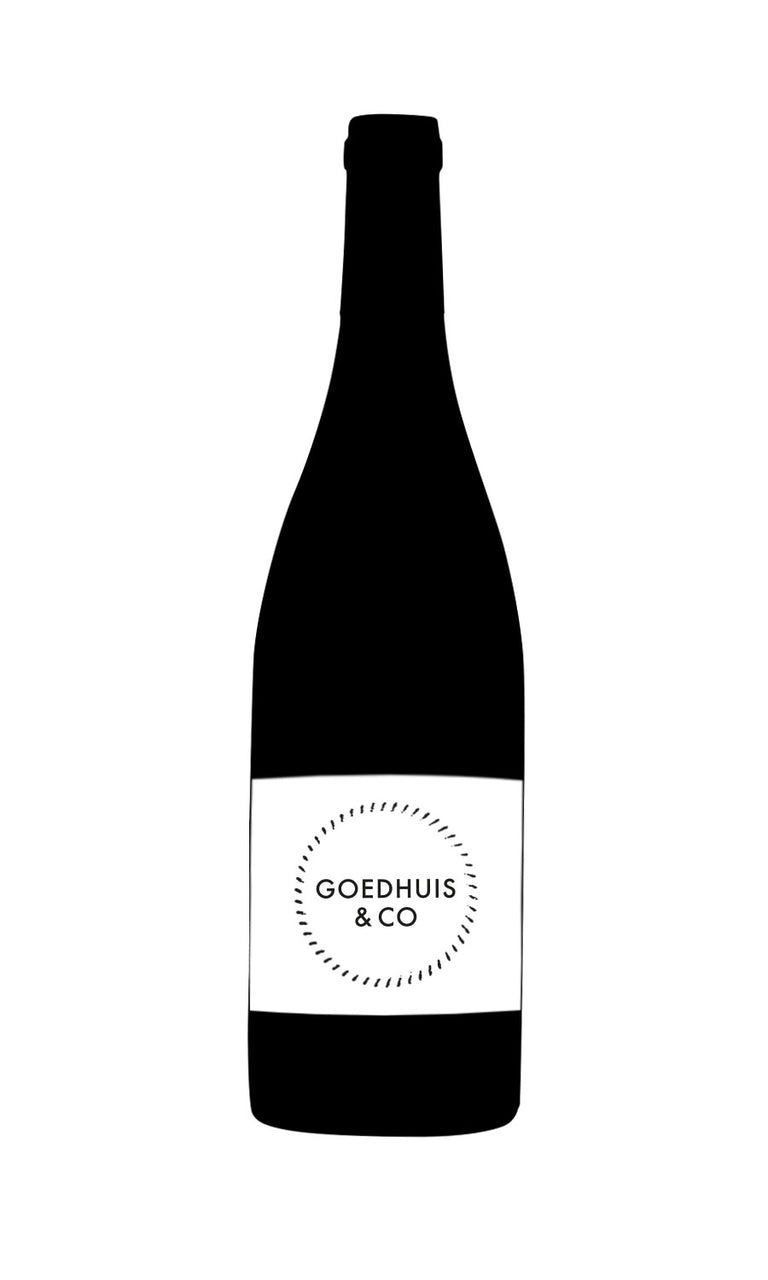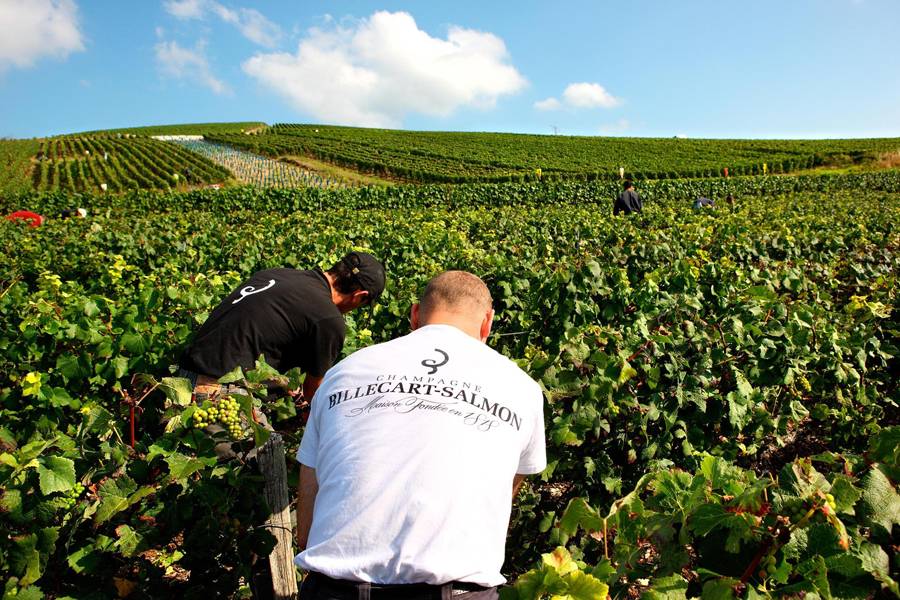
- Colour Champagne_Sparkling
- Producer Billecart-Salmon
- Region Champagne
- Drinking 2025 - 2047
- Case size 3x75cl
- Available Now
2006 - Billecart Salmon Le Clos Saint-Hilaire - 3x75cl
- Colour Champagne Sparkling
- Producer Billecart-Salmon
- Region Champagne
- Drinking 2025 - 2047
- Case size 3x75cl
- Available Now
Select pricing type
Need help? Call +44 (0)20 7793 7900 or email wine@goedhuiswaddesdon.com.
-
Matthew Jukes, February 22, Score: 19.5+
A baby. It was unfair to ask this wine to perform on a stage so crowded with opinionated and excellent wines, but 2006 LCSH didn’t bat an eyelid and, in fact, opened up exponentially over the hour that I managed to spend glued to this glass. With more perfume than I expected and crammed with chypre and white smoke details, these exotic details are perfectly counterpointed with terrific complexity and thousands of layers of fruit and spice. Quieter and more closed than the others, but complex, calm and blushingly pretty, there is a lot of power and potential hidden in the folds of this wine, and while they are reluctant to emerge, it is possible to get a sense of their potential already. While the depth of fruit is extraordinary, I am only seeing the tip of the iceberg today. I can only imagine the difference a year makes, let alone ten, twenty or thirty! I hope I am here to taste this wine to realise its potential. Either way, this is a staggeringly serious vintage for LCSH, and it might well prove to be another flawless release given time. For now, I will keep my cards respectively close to my chest. Drink 2028-2050.
-
Jancis Robinson, February 22, Score: 19
Rich nose, yeasty and so alive. The oak shows even more as the wine opens up, giving a cedar spice. Such underlying depth and richness with such a surprising mineral and acidic backbone with a verbena note, mandarin – the most citric of the lot. There is a subtler nuttiness here that is almost creamy, like a Belgian chocolate, almost oily on the finish yet with such direction. Drink 2025 – 2045.
Producer
Billecart-Salmon
The Champagne House Billecart Salmon was founded in 1818 when Nicolas François Billecart and Elisabeth Salmon were married. The House has remained within the family and is now run by the seventh generation of descendants. They maintain the legend of this "spirit of Champagne." The passion of the grape cultivated as a philosophy around three principal values "finesse, balance and elegance."
Region
Champagne
Champagne, the world's greatest sparkling wine, needs little introduction - with imitations produced in virtually every country capable of growing grapes, including such unlikely candidates as India and China. The Champagne region, to the north of Paris, has the most northerly vineyards in France, with vines grown on slopes with a southerly exposure to maximise sunlight. The soil is chalky, providing an excellent balance of drainage and water retention. The key to the wine is in the cellar - the bubbles result from a second fermentation in the bottle and the rich toasty flavours in great Champagne come from extended bottle ageing on the yeasty lees. Until the eighteenth century, the wines produced in the Champagne area were light acidic white wines, with no hint of sparkle. However glass and closure technology developed at that time and it was not long before Dom Perignon, a Benedictine monk at the Abbey of Hautvilliers, started experimenting with blends and produced the first recognisable champagne. In a world accustomed to still wines, the advent of champagne was almost a flop. It was saved when it became fashionable at the French court as a result of Louis XV's mistress Madame de Pompadour commenting "Champagne is the only wine that lets a woman remain beautiful after she has drunk it." And the rest is history, with famous (or infamous) champagne lovers including Casanova, Dumas, Wagner, Winston Churchill, James Bond and Coco Chanel.



